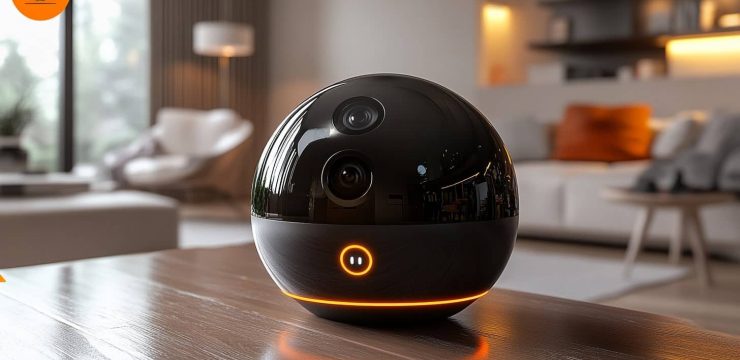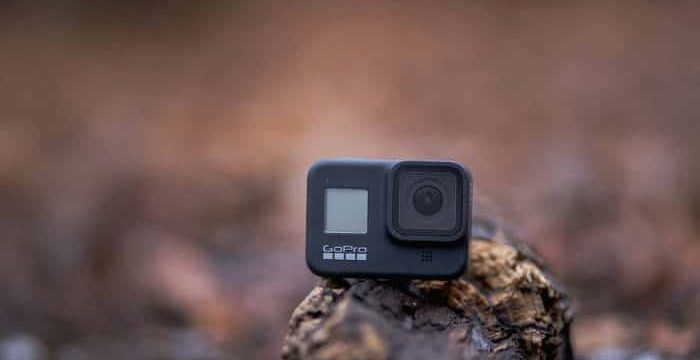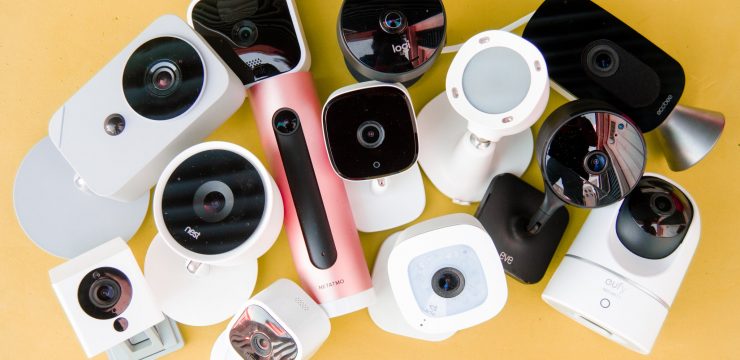In modern society, security cameras are widely used in all spheres of human activity. Detection, identification of potential threats, and analysis of the received data, together with alarm notifications, will be useful to all citizens who care about the safety of their homes, business, or family. Recently, WI-FI cameras are popular with animal lovers, both wild and domestic. In addition, social networks take great pleasure in communicating through WI-FI cameras. As you can see, cameras have penetrated almost every home, and it is already unthinkable to imagine your world without the benefits that they give.
How does a WiFi camera work?
Let us take a look at how a Wi-Fi security camera works. The camera has its own Wi-Fi signal and transmits information wirelessly, bypassing the inconvenient cable connection. The only cable needed to operate is the power cable. Therefore, the presence of an outlet located close to the camera is welcomed. If it is impossible to connect the camera to the mains, you can suggest using cameras with a built-in rechargeable battery.
There are several system configurations. The simplest one consists of a camera, router, and phone. The signal from the camera is sent wirelessly to the router, then transmitted to the Internet. A program is installed on the phone that controls the camera and processes data. The phone sends a request to the Internet and gains access to the security camera through it. With its help, being anywhere in the world, we have the ability to control the object of our interest. All that is required is internet access. Thanks to this technology, we can send our camera files to our phone, tablet, laptop, printer, computer, DVR, or cloud storage. Video, audio, and photo information can be edited, saved, and shared. If the camera is equipped with a microphone and speaker, then being at any distance from the camera, we can communicate with people standing in front of the camera. Of course, it is straightforward and convenient.
How to connect a camera to a phone
There are two ways to connect your camera to your phone. The first involves downloading a special program to control the camera to your mobile phone. As a rule, all manufacturers have utilities designed for their devices. When purchased, they come complete with a surveillance camera. However, when installing a third-party application, the camera may not work or not use all functions. Therefore, before you buy a camera, worry about its software.
The second way is much more convenient. A QR code is applied to the body of the device or the box. Scan the code with your smartphone camera, and the application will automatically install on your phone. After installing the application, you need to set a WI-FI password for the camera and update the application. After that, the camera will connect to your network and be ready to go.
We recommend setting up such camera functions as the angle of view, shooting range, focus areas, scan mode. Let us draw your attention to that good quality video and photo materials are possible only with a stable, strong wireless signal. Failure to do so may result in a malfunction or noise in the picture or deterioration in the quality of the transferred files. The operation of the equipment is affected by the number of connected devices in one network and the strength of the Internet signal. When connecting lots of equipment, the quality of the transmitted data may suffer.
How much Internet do WiFi cameras use?
There is no reliable exact answer to this question. The result depends on many factors. Among them, we can mention the size of the transmitted video, the refresh rate of frames per minute, the video compression ratio, the complexity of the transmitted image, the number of devices viewing this material, and the resolution of the camera itself.
Naturally, cameras with higher resolution, larger video sizes without compression will use more internet bandwidth. Note that newer camera models will require more bandwidth than standard older generation cameras. However, modern cameras have a more flexible system of settings that allows you to control the amount of information. Therefore, we are confident that each user can choose the most optimal option.
It is important to know where the video is being saved. When saving to the phone, the amount of data consumed will be less than when uploading to the recorder and even more so when uploading to the cloud storage. It is worth noting that continuous video recording consumes more bandwidth than recording events configured for motion only. Some specific functions, such as zooming in night vision, use more bandwidth than normal. Thus, it is possible to focus only on much-averaged data based on the experience of using a similar camera under approximate conditions. Based on the experience of regular users, some data can be cited.
4K cameras that are always in recording mode and have a resolution of 780p, H.264 compression, use about 15 to 50 Mbps per day. Cameras that record events only when alarm situations are triggered can consume from 0.5 to 50 Mbps per day.
It is necessary to make a calculation based on your individual settings and scenarios of camera behavior. For more specific figures, we recommend using special calculators for calculating the required bandwidth. An alternative option may be to call a specialist to calculate Internet traffic consumption for your individual conditions and needs.
WI-FI cameras are an excellent security solution for a wide variety of purposes. Controlling their work using a mobile application is easy, convenient, and practical. The possibility of remote control from a mobile device is in demand now and will undoubtedly increase in the future. With the advent of 5G and Wi-Fi 6 (E) networks, Wi-Fi security cameras will top the list of the most effective security devices.





